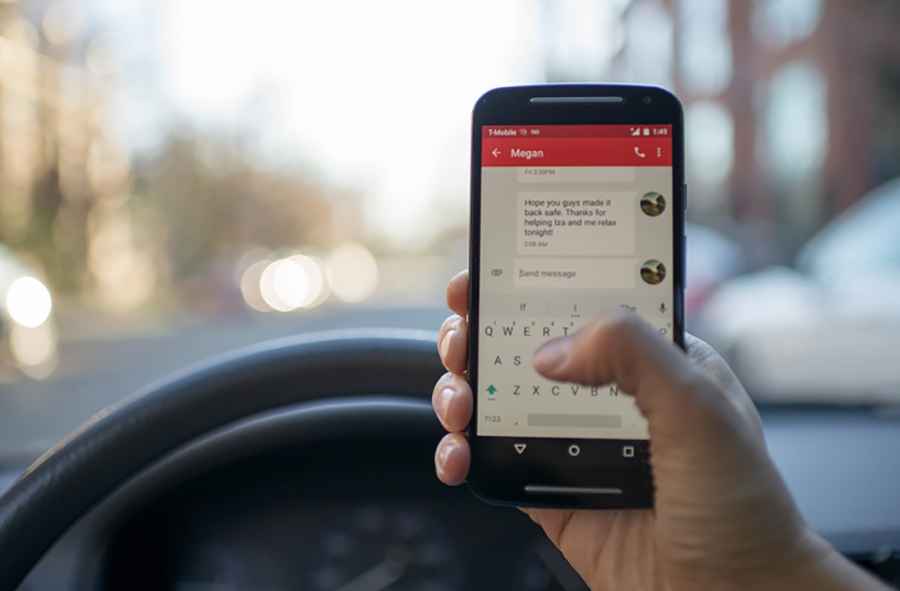Distracted Driving: Technology, Legislation, and Behavioral Changes
Distracted driving has become an epidemic and it is the main reason why people may have an accident. Distracted driving refers to a wide range of activities that people engage in while behind the wheel. These can be drinking or using drugs, eating or putting on makeup, turning to the back seat to yell at the kids, fiddling with the radio dials to find the perfect station, driving while dizzy or tired, and, in general, anything that takes the driver’s eyes off the task at hand. In a matter of seconds, a nice ride can turn into a catastrophe when there is a distracted driver in the mix.

Focus on Behavioral Changes
The success of campaigns encouraging drivers not to text and drive has had mixed results. Although people are aware of the danger of using their phones in any capacity while driving, addiction to technology makes it difficult for people to put them down.
It seems as though the only way people will finally understand that it is up to them to end this worrisome and dangerous habit will be through rigidly enforced legislation. The more people hear about others receiving fines and other penalties because they were caught engaging in distracted driving, the more likely they are to react to this important message.
However, people tend to believe that what they are doing does not constitute distracted driving since they are only taking their eyes off the road for a couple of seconds or they may believe that searching their phones to find the right address is something that may help them drive with more certainty to their destination.
Legislation
Putting in place laws that forbid or restrict the use of cell phones or any other devices while driving and enforcing those laws through driver education or highly visible campaigns may have some positive impact on the pervasiveness of distracted driving and its consequences.
You can learn more about legislation targeting distracted driving by visiting sites such as distraction.gov or going to the CDC’s website on distracted driving. The NHTSA has also put in place a National Blueprint for Ending Distracted Driving to educate drivers about existing laws in this regard and the importance of putting an end to distracted driving.
Laws have also been put in place establishing penalties, fines, and other traffic citations for drivers who are caught endangering those around them with distracted driving behaviors.
Technology
Technology is being explored to address the distracted driving epidemic. To begin with, drivers are required to use hands-free devices while driving. Also, Advanced Driver Assistance Systems or ADAS are emerging technologies that can play an important role in reducing the pervasiveness of distracted driving and its damaging consequences.
Ending the Most Dangerous Habit on The Road Today
Driving has turned into the most dangerous activity people practice every day. Pedestrians, bicycle, and motorcycle riders are also at risk when they are around distracted drivers. Nowadays, most crashes can be attributed to human error, driver impairment, driving while fatigued, and distracted driving.
Sadly, smartphone use has continued to increase despite the distracted driving crisis and the consequences of these actions have been deadly. Continued education efforts to make drivers aware of the danger of distracted driving, coupled with stricter law enforcement seem to be the most promising way to move forward.
Image: https://cdn.pixabay.com/photo/2017/08/07/03/49/people-2599458_1280.jpg